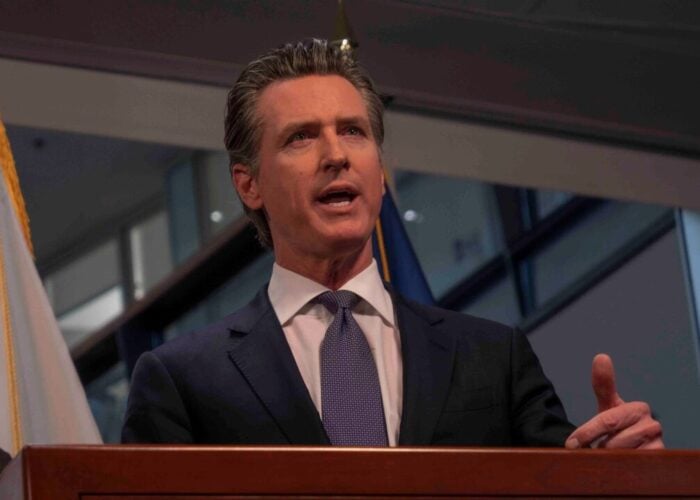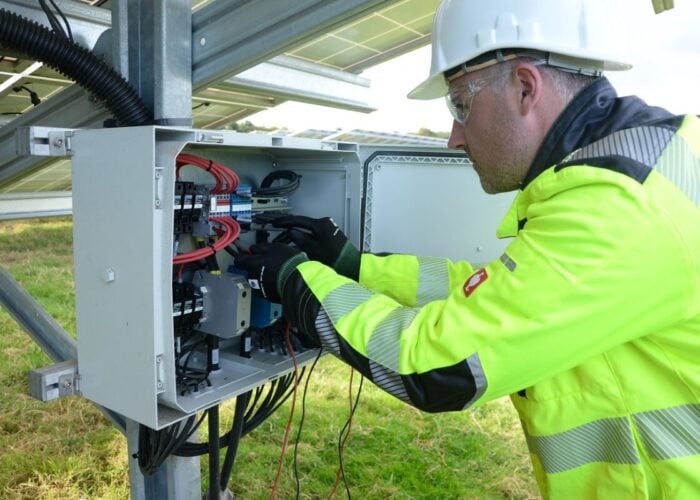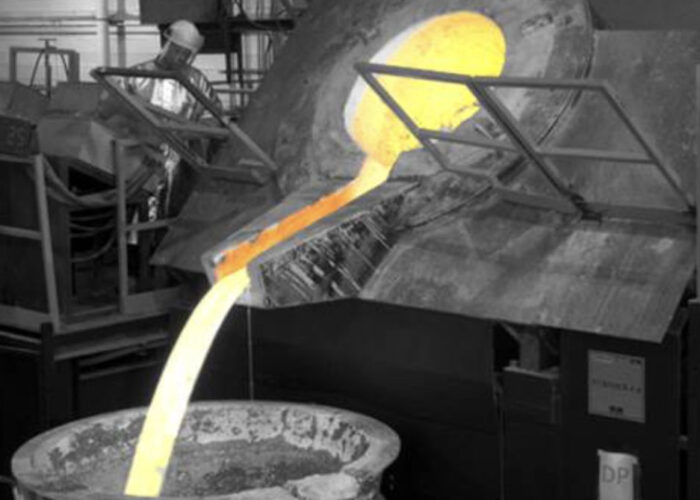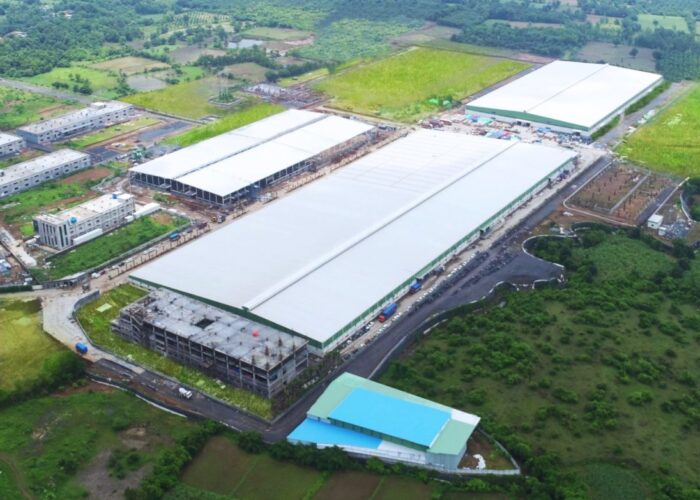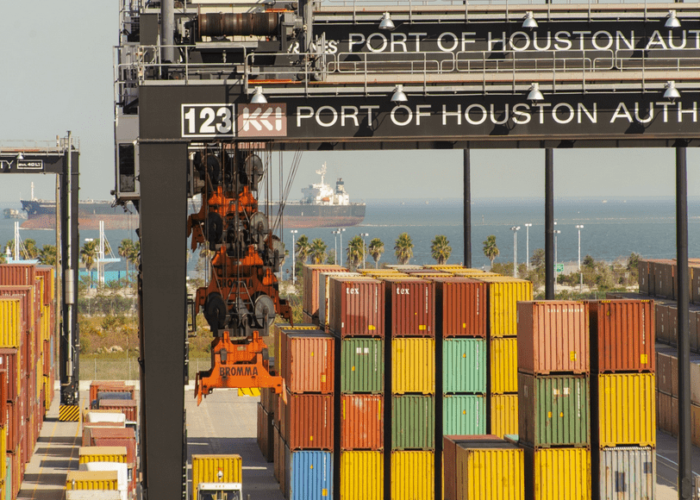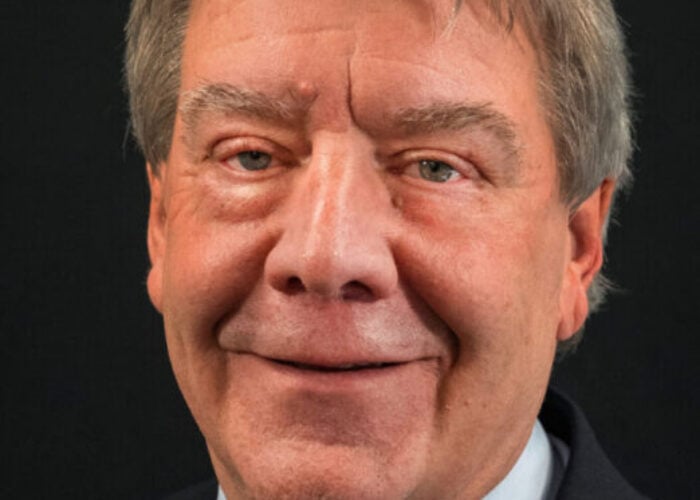It is almost a slam dunk that Yingli Green has become the largest PV module supplier in 2013. News that the company revised up its shipment guidance for the fourth quarter and full-year followed a trend in each quarter of 2012 that it was out-selling Suntech, which had been the leading supplier since 2010.
But what has driven this success? Is there some kind of secret sauce and can they maintain momentum and dominate the rankings, and break the trend of short-term leadership?
Try Premium for just $1
- Full premium access for the first month at only $1
- Converts to an annual rate after 30 days unless cancelled
- Cancel anytime during the trial period
Premium Benefits
- Expert industry analysis and interviews
- Digital access to PV Tech Power journal
- Exclusive event discounts
Or get the full Premium subscription right away
Or continue reading this article for free
In some respects it is hard to believe that in 2004 Yingli shipped a mere 4.7MW of modules as it started ramping up its first manufacturing facility. Arguably, it was not until 2008 that the company reached any meaningful shipment levels (281.5MW) and really took off from there.
What is remarkable is that each year after 2008, Yingli has made quantum leaps in its shipments, despite increased competition, the financial crisis and two years of massive industry overcapacity. Other than Jinko Solar’s rapid ascent in shipments in 2010 and 2011 (coming from a very low base) no other module manufacturer has built and maintained such momentum.
Sweet spot
What is also remarkable is that Yingli was not a remarkable company. Its vanilla modules were like many, simply seen as being in the mid-range, offering no high-performance product or unique features of any description.
The company, like the majority of suppliers, was focused on the residential market in the key markets of Europe and, more specifically, Germany for many years.
However, the boom in residential installations in Germany and the emergence of utility and commercial-scale power plants in Italy had a massive impact on Yingli’s mounting annual shipment levels. As a percentage of revenue, module sales in Germany accounted for over 60% of its business in 2009 and above 50% through 2011; focusing on the sweet spot of the industry proved to be an important strategy.
Sponsorship
Football is the biggest attended and viewed sport in Europe and proved to be a key marketing tool for many module manufacturers, especially in supporting football teams in Germany. Even SunPower got into the act and there was a time when it seemed there was an intensive race of its own for solar companies to dominate club sponsorship at any cost.
The one-upmanship peaked with none other than Yingli Green being the major sponsor of the World Cup in South Africa in 2010. Time and time again in quarterly conference calls, Yingli’s management have highlighted the importance of the branding success sponsorship has made to its sales success. Yingli has become one of the most widely identified suppliers – in a short number of years, yet at a time of an overcrowded market.
Aggressive tactics
With emphasis on Europe and Germany in particular, another key success strategy for Yingli has been its aggressive pricing. When Germany started cutting its feed-in tariff at 15% rates at a time, Yingli was already prepared and pre-announced to its customers that it would lower prices to retain the ROI rates end-users had become accustomed to. More often than not it was Yingli that led the price declines ahead of its rivals, capturing orders ahead of the curve and FiT cuts. Many rivals were caught off guard or simply held out to see how FiT cuts would impact demand.
Yingli has also been aggressive in its manufacturing cost reduction strategies over the years, becoming one of the lowest cost producers in the industry. Combining large-scale and constantly improved module efficiencies has also proved to be a successful strategy.
Picking winners
As the US market has picked up speed over the last few years, Yingli Green has emerged as a major supplier to that market. Yet instead of rushing to sign up countless distributors across the vast country, Yingli focused attention on servicing a smaller number of customers that had or were in the process of gaining strong market share in the best regional markets such as California.
The best example of this is SolarCity and the fact that Yingli is its major module supplier. Only recently, SolarCity said that it expects its PV installations to increase by 60% in 2013. Needless to say that Yingli would seem to have picked one of the winners in the US market.
However, it’s not all about picking winners. From conversations with many distributors and installers over the years, one common theme is the praise heaped upon Yingli. A key strategy would seem to be that customers have been consistently impressed with the service and support Yingli offers. When the industry suffered supply shortages or a rush in demand, Yingli was often praised by customers for not letting them down.
Sustainability
The tough part here is whether Yingli can now retain its new found leadership position and carve out an even bigger slice of the market for itself. Certainly, Yingli is currently on a roll and in general terms there are only a few companies that have a chance in keeping up with it but few in 2013 able to surpass it.
Recently (Digital magazine Solar Business Focus, start on page 42) , PV-Tech undertook an analysis of the top five suppliers’ R&D spending habits. The reason for this is that R&D spending provides insight into the future capability of companies to remain competitive. Though a risky exercise it was startling to see how aggressive Yingli Green has been in focusing both financial and human resources on R&D. Although 2012 figures will not be out until after the first quarter the trend levels shown in charts suggests that Yingli will be probably remain a leading R&D investor in 2013.
Continued success with improving its PANDA cell technology and projects that support lower cost manufacturing have both become ingrained in its operations.
Its activities as a key supplier to China’s Golden Sun programme and expected rapid advance in the downstream market ahead of many of its rivals suggest the momentum will continue into 2014. After that it’s anyone’s guess if Yingli can retain the leadership position in 2015.
As can sometimes be the case, it is not always a question of another company beating another but a case of a company beating itself by failing to make the right decisions or having other internal problems that forces it to take an ‘eye off the ball’ and lose market position.
With Yingli entrenched in football, don’t count on the company not doing exactly that.
Note: The video interviews were conducted at SNEC in March 2011. It is interesting to note that all the key points raised in this analysis were covered by the executives comments. The only item that Yingli seems to have slipped on was the plans to build a manufacturing plant in the US. The interview was conducted by Tom Cheyney. Apologies for the poor sound but there were technical issues unknown at the time of filming.

